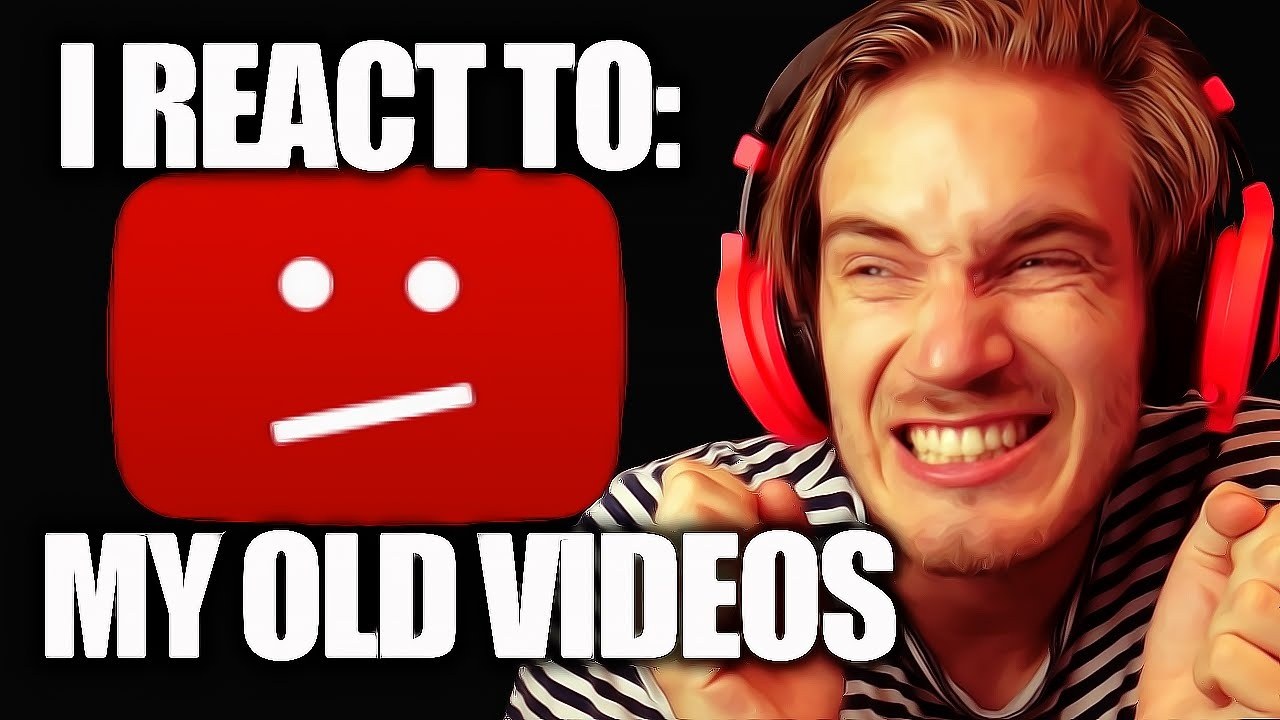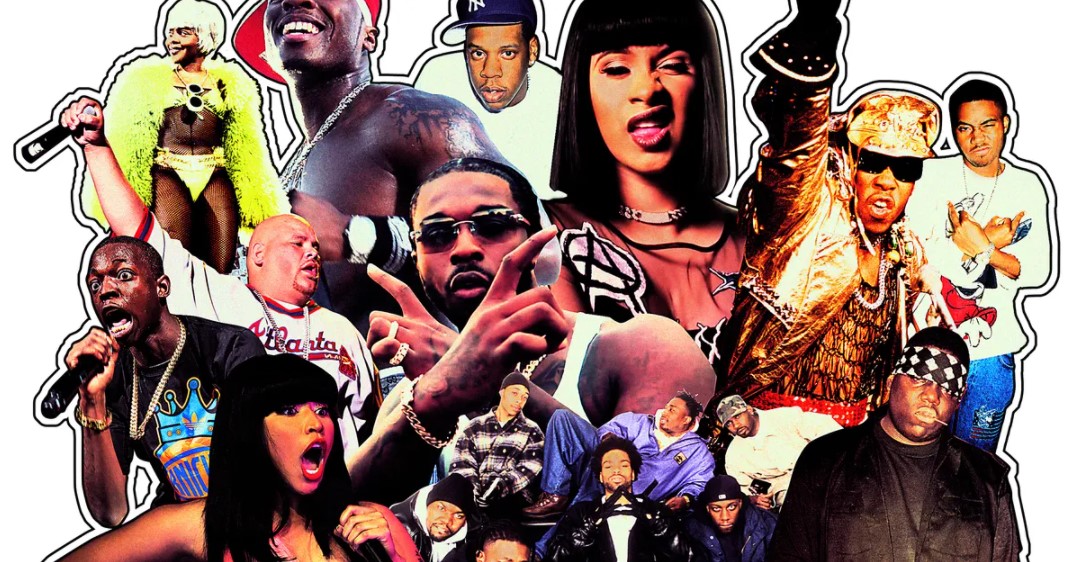For a generation that revels in dynamic user experiences and getting what they want immediately with no inconveniences, the reaction video craze seems an odd development. You’re sitting, watching a video of someone else watch a video of third person’s content. Gen Z throws ad blockers on every browser, rages at delayed loading times, and despises when corporations do their ‘reacting’ for them, telling them how to think and feel. And yet, they will watch the same video 4 or 5 times across various reaction channels, relishing the opportunity to experience other people’s first-time viewing. What is going on in this bizarre online community, and what is the wider significance for new-age content?
Two methods of consumption

As far as I can tell, there are two ways reaction content is consumed. The first is video-centric. The viewer stumbles upon a video they find engaging, unique, or controversial, and subsequently punches it into a separate YouTube tab with ‘reaction’ thrown at the end. They scroll through the results, decide who they like the look of, and watch their reaction fixedly, looking out for key moments in the video, comparing the on-screen viewer’s response with their own. The second way is individual-centric. Viewers have a particular reactor they like and will watch them watch a whole variety of videos, clicking more for the individual than the original video itself.
The individual model is perhaps more interesting. What makes a viewer so enthralled by another human being that they will take time out of their day simply to watch how they consume videos? Many of the successful reactors are young, attractive people, so there is likely to be a desirability dimension. An opportunity to ‘spend time with cool, popular people. Reaction videos are extraordinarily casual, so they may feel more intimate and real than, say, a scripted, edited video, in which the content creator has put on a more professional face.
The chosen ones

A large factor in this equation could well be Gen Z’s hyper-selectivity when it comes to content providers. Just as young consumers hate when corporations try to adopt their language and market to them, so too do they vigorously embrace those individuals that they do like and value. These are two sides of the same selectivity coin. Young people watch reaction videos of individuals they look up to and consider as ‘on their side’. They value these individuals so much that they don’t require anything of substance from them — they are content just to be in their midst, to observe them quietly, hunched in dark rooms, soaking up their traits and peculiarities. The YouTube reactors consumers choose are the people they would ideally like to have as friends, people they simply want to be around.
Culture crossovers

In keeping with this hyper-social model of content selection, many of the reaction videos online offer crossovers to the consumer’s own culture. Quite popular, for example, are the videos of American hiphop fans reacting to UK rap. These videos garner large-scale viewership in the UK, who are fascinated to find out how their culture is perceived on the other side of the Atlantic. They’re hoping, of course, for a positive reception, and are unlikely to be enthralled with a harsh critique of their nation’s own music. This triggers tribal defense mechanisms and vitriol. Reactors who engage in these culture crossovers are most often followers and admirers of the target culture, understanding that this is the best way to accrue foreign viewers.
Does the future belong to influencers?

Does this then mean that influencers will dominate Gen Z marketing in the future? If young consumers idolize certain online personalities to such an extent, will it not be decidedly easier for companies to identify such individuals and pay them to promote their business than to create their own marketing campaigns? Possibly. Indeed, it’s hard to tell how we should view such a development. On the one hand, it seems like companies and corporations will have wormed their way into all online media content, but on the other, young consumers could simply decide they no longer like the way they are being targeted for marketing, rejecting certain influencers and instead opting for new, less corporate-owned figures. In other words, consumers will hopefully have more say than they used to.
It’s easy to look at this phenomenon and conclude that today’s youth are quite simply a lost cause. But the new and bizarre cultures cropping up every year on the internet are not just manifestations of dying social skills — they are examples of Gen Z using the digital tools it has grown up with to create new avenues for itself. From a business’s perspective, using these avenues for marketing purposes is an endeavor fraught with difficulty. Ross Pike of Koreti Ltd remarks, ‘We see multitudes of businesses trying and failing (fantastically) to appeal to Gen Z. Attempts to jump on meme bandwagons, infiltrate online subcultures and adopt internet language more often than not leads to laughs of contempt. Most companies have to hire younger employees to have any hope of success within that demographic.’ Reaction videos epitomize the new generation’s desire to carve out a space for itself and select its own cohort of media figures — a phenomenon that won’t be disappearing anytime soon.

